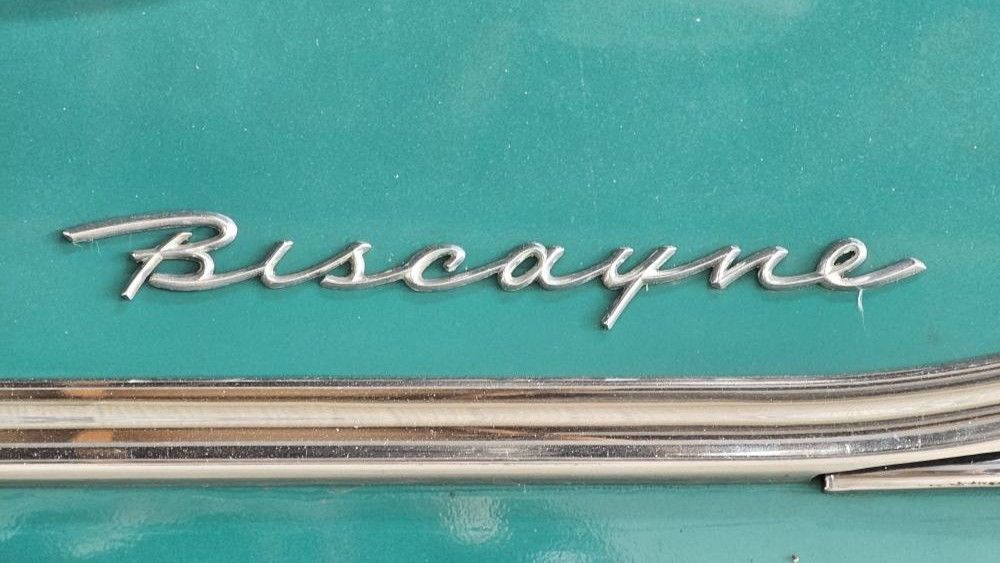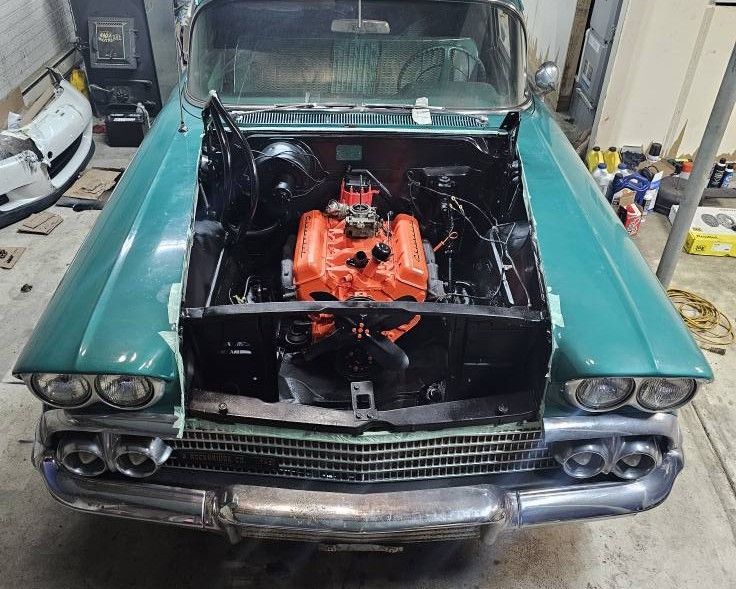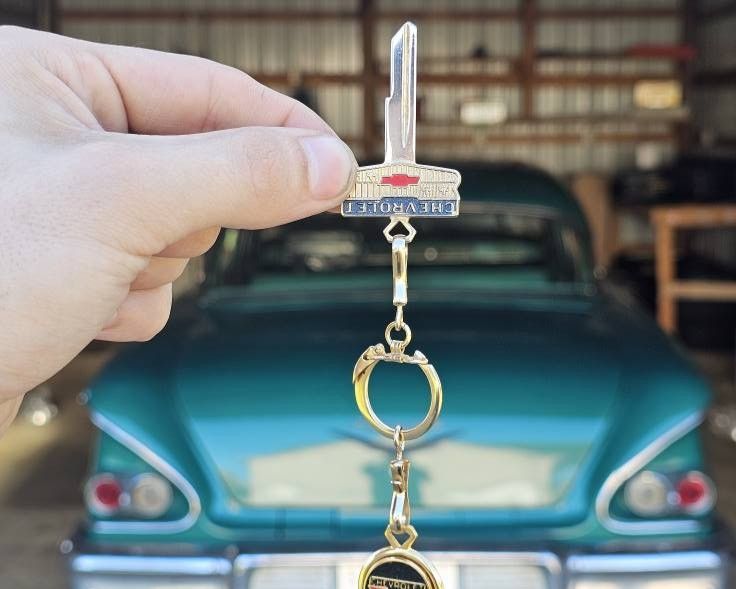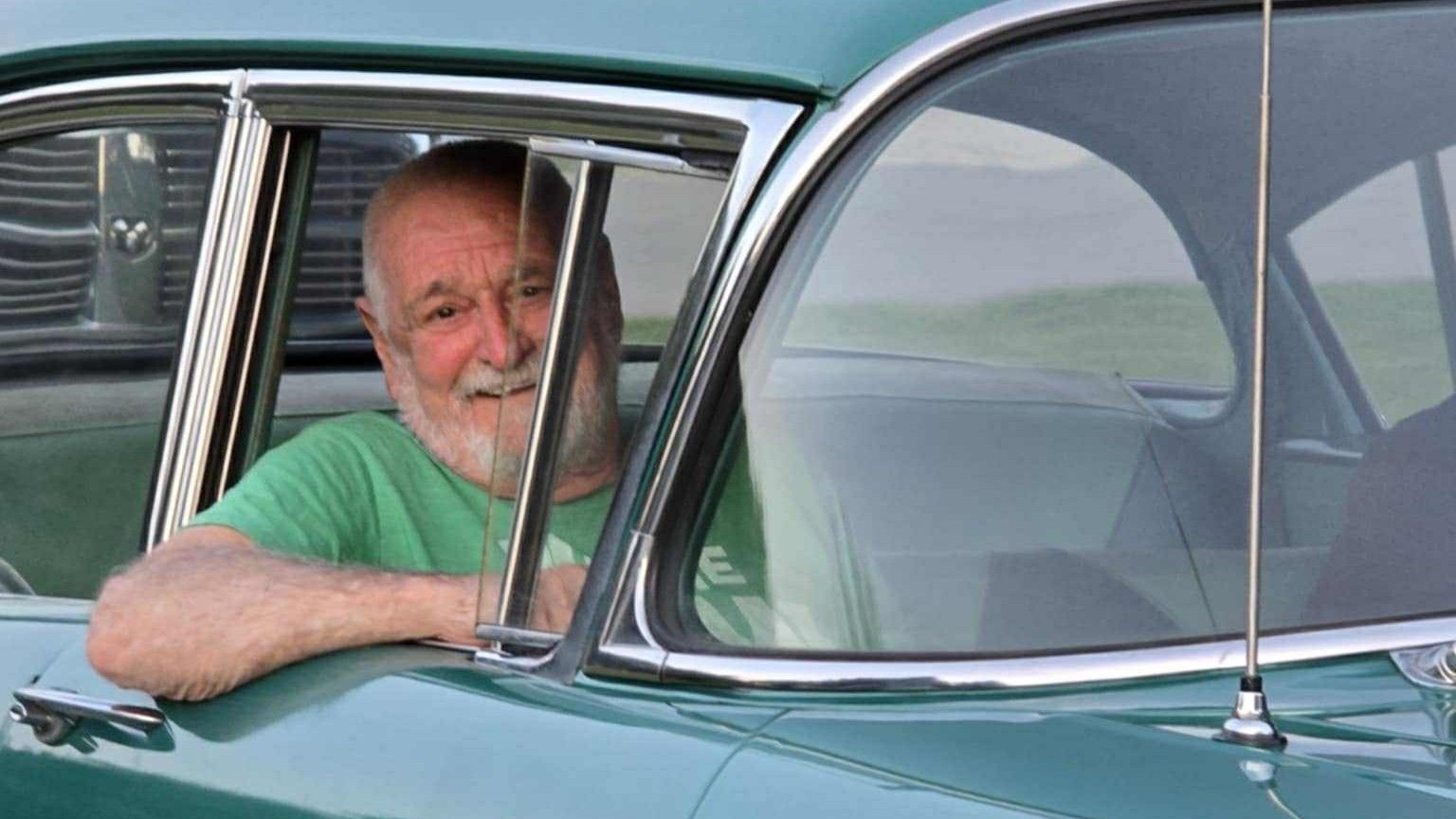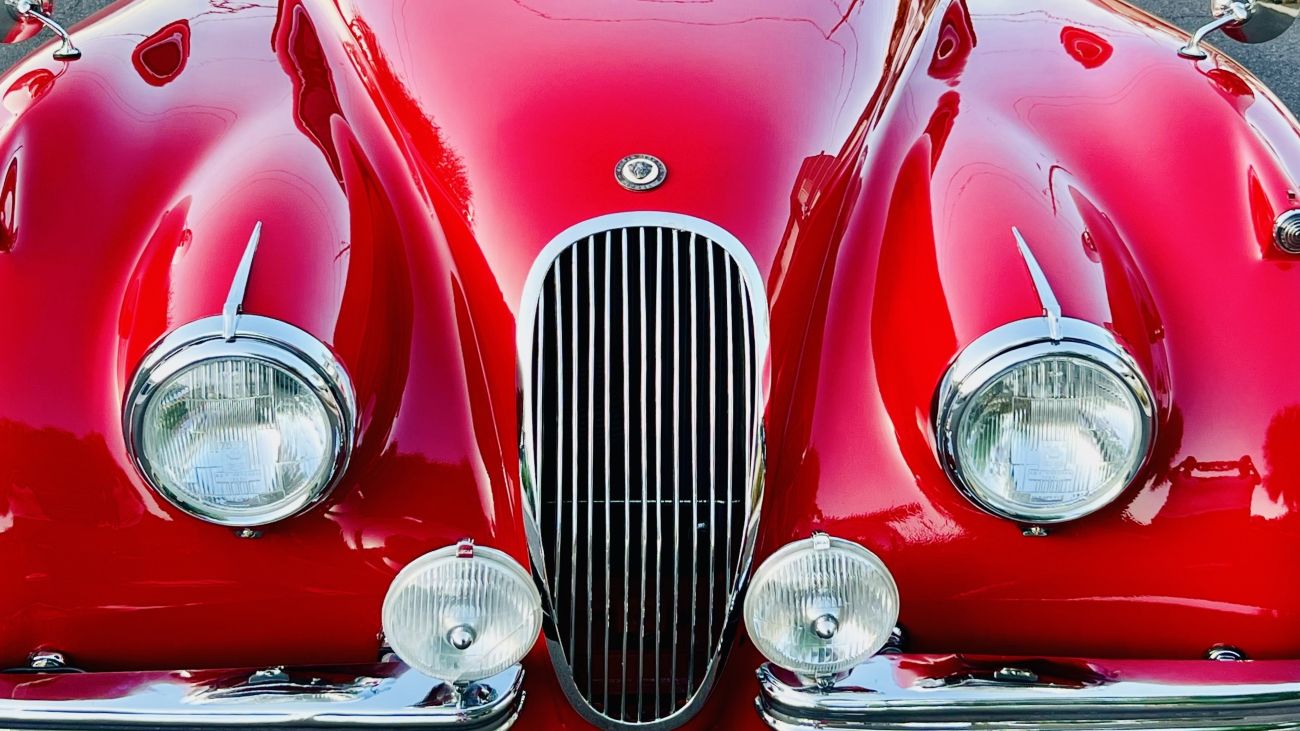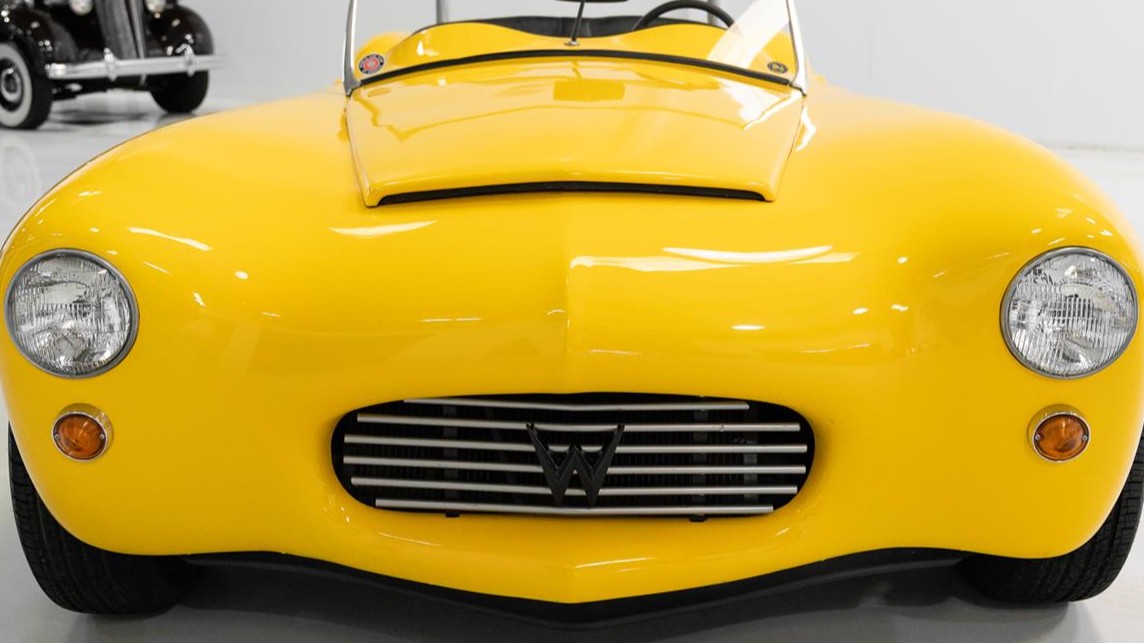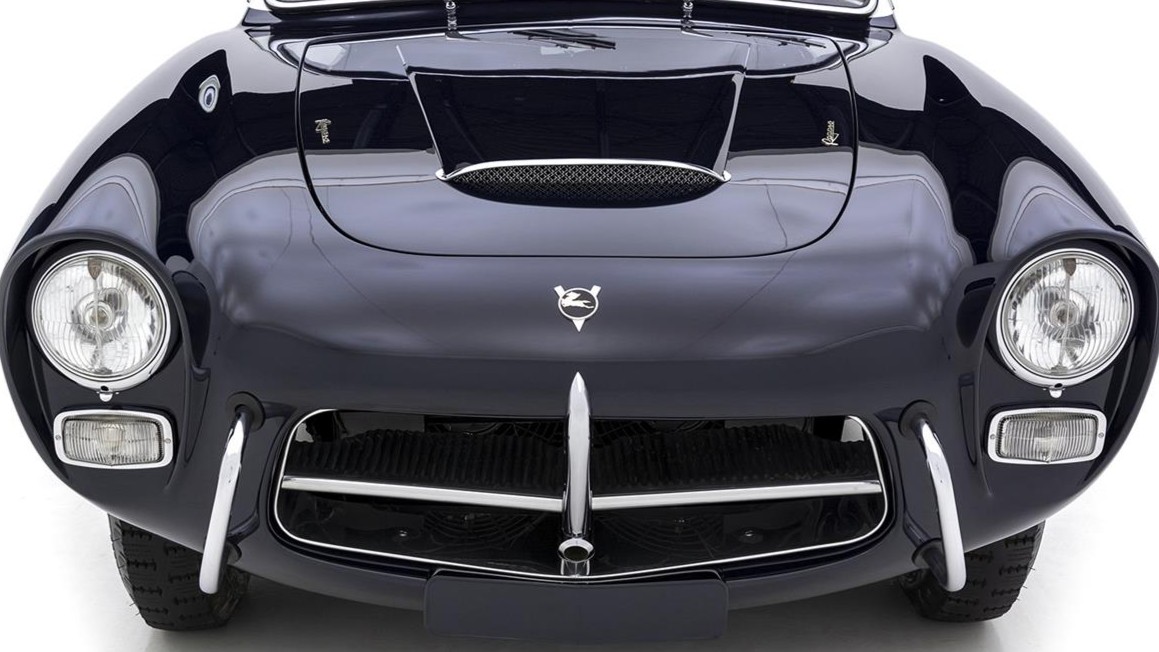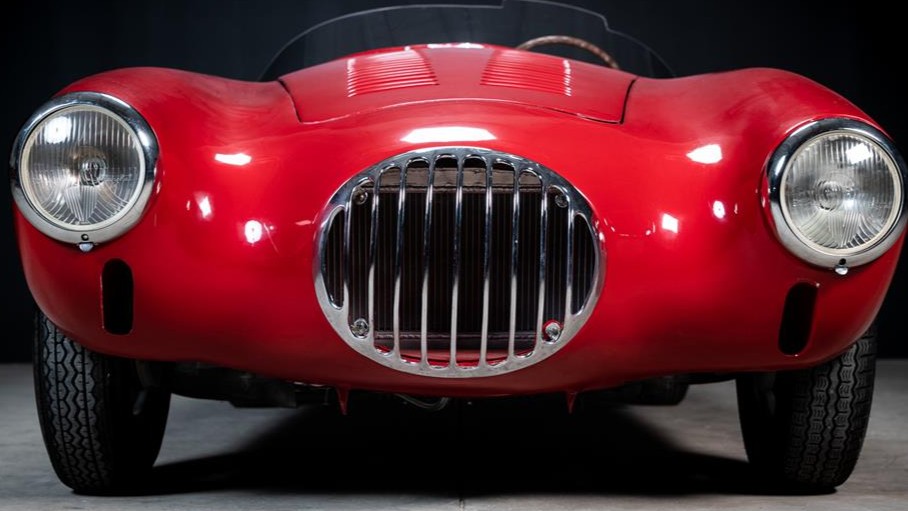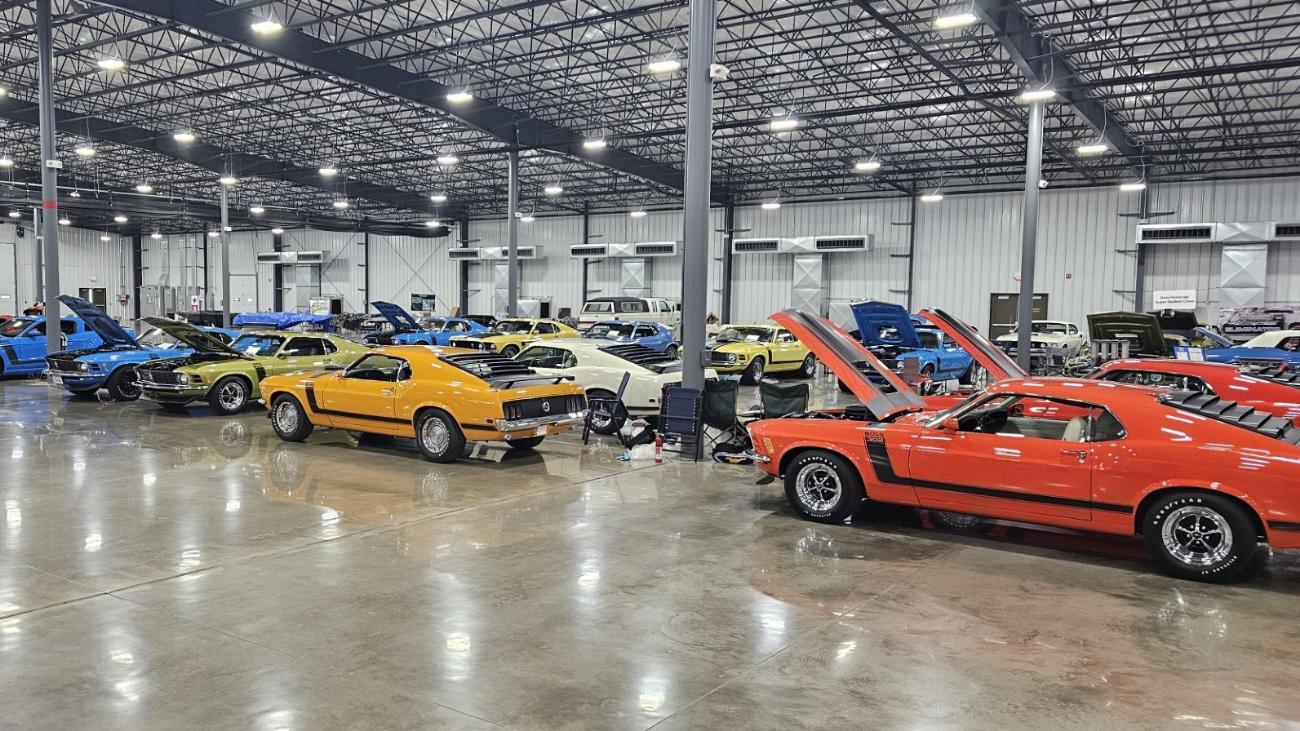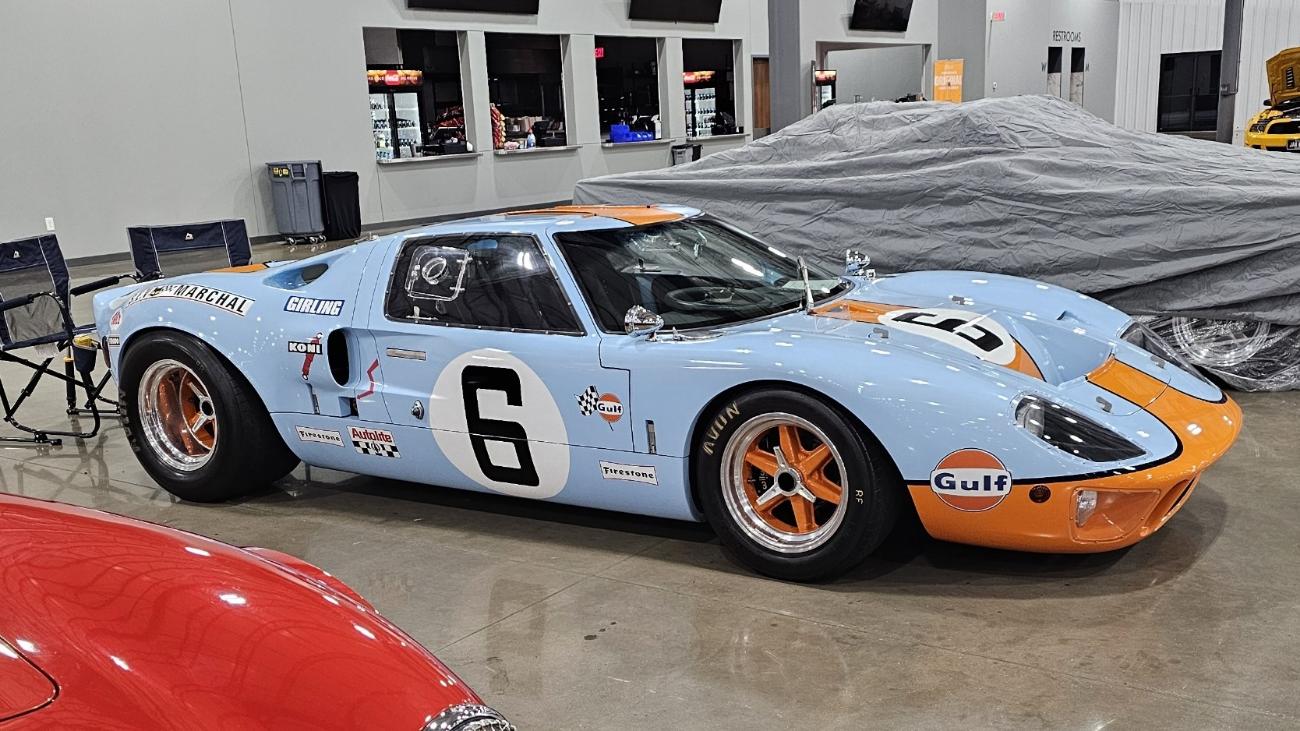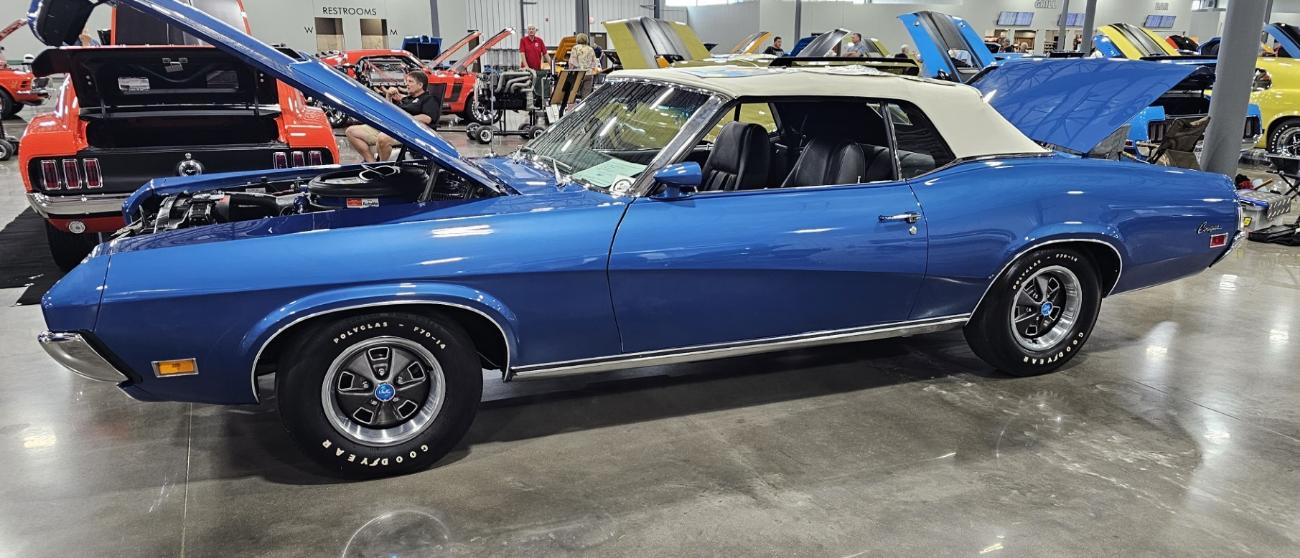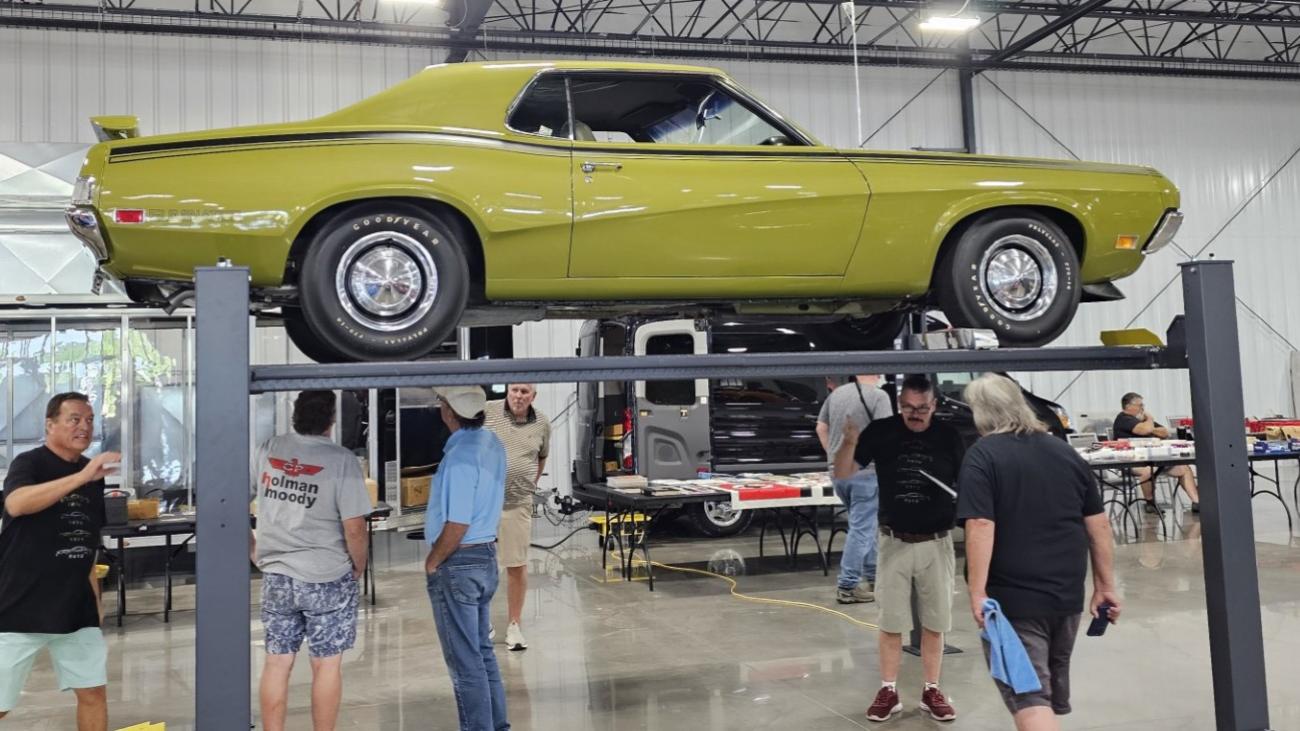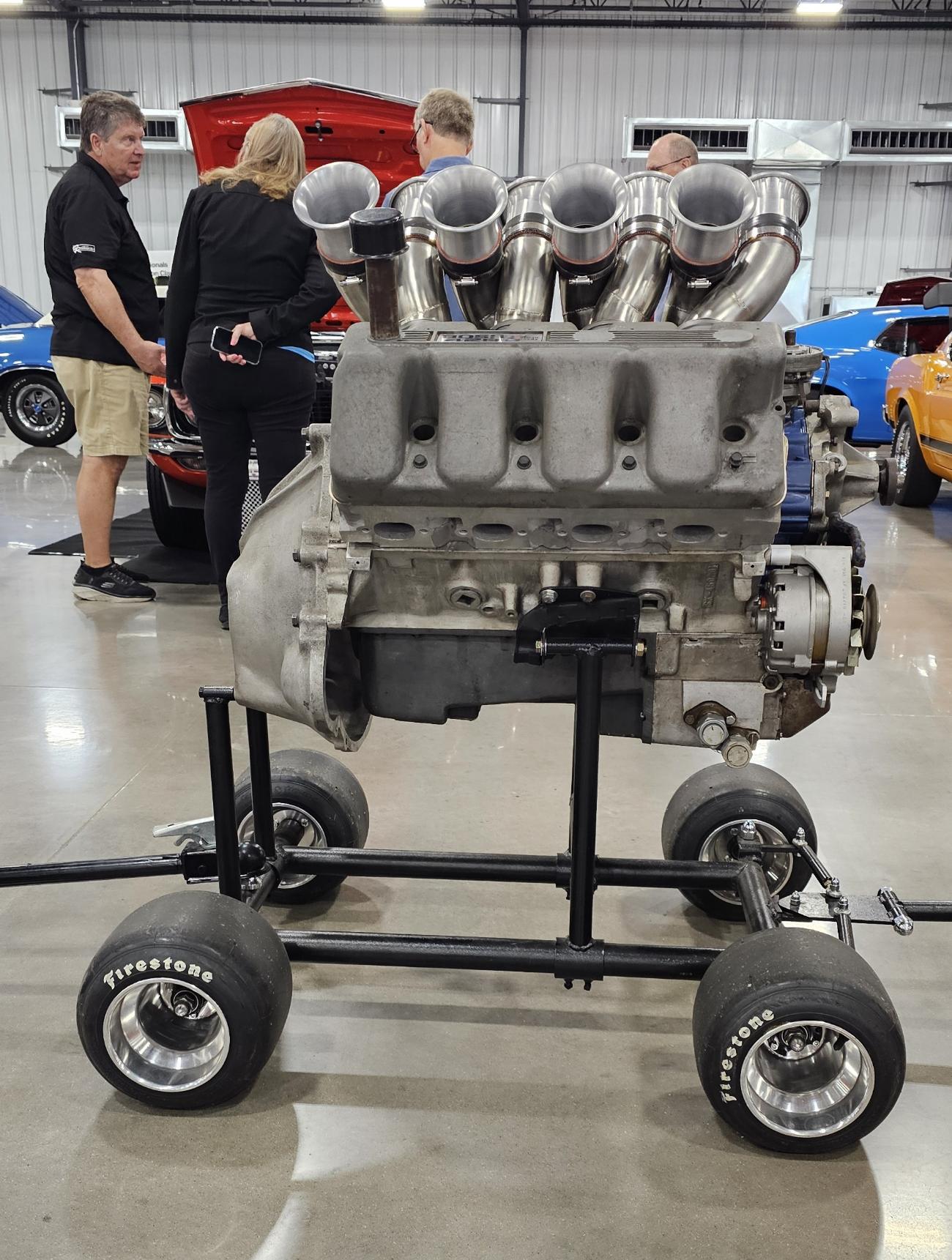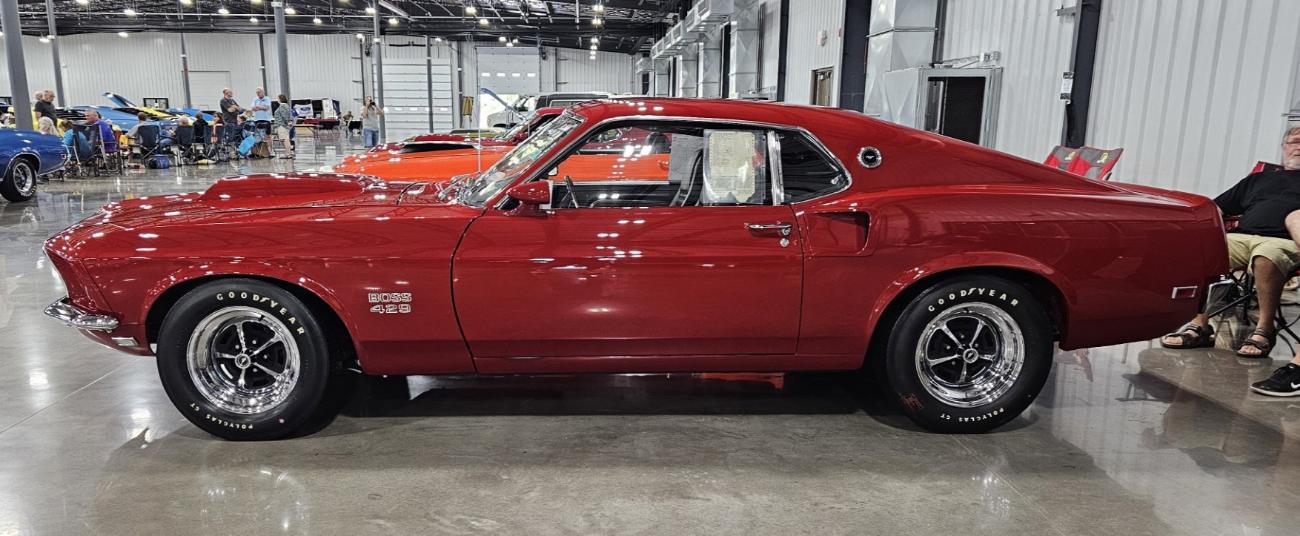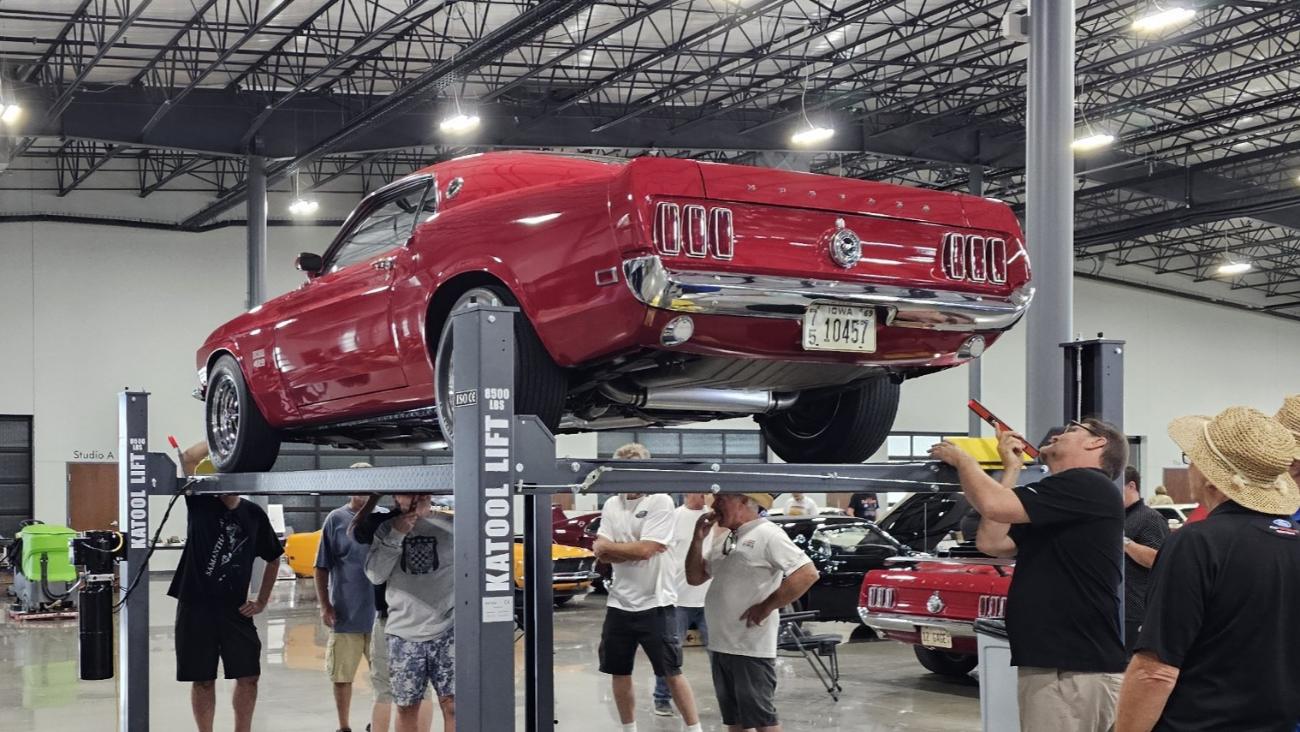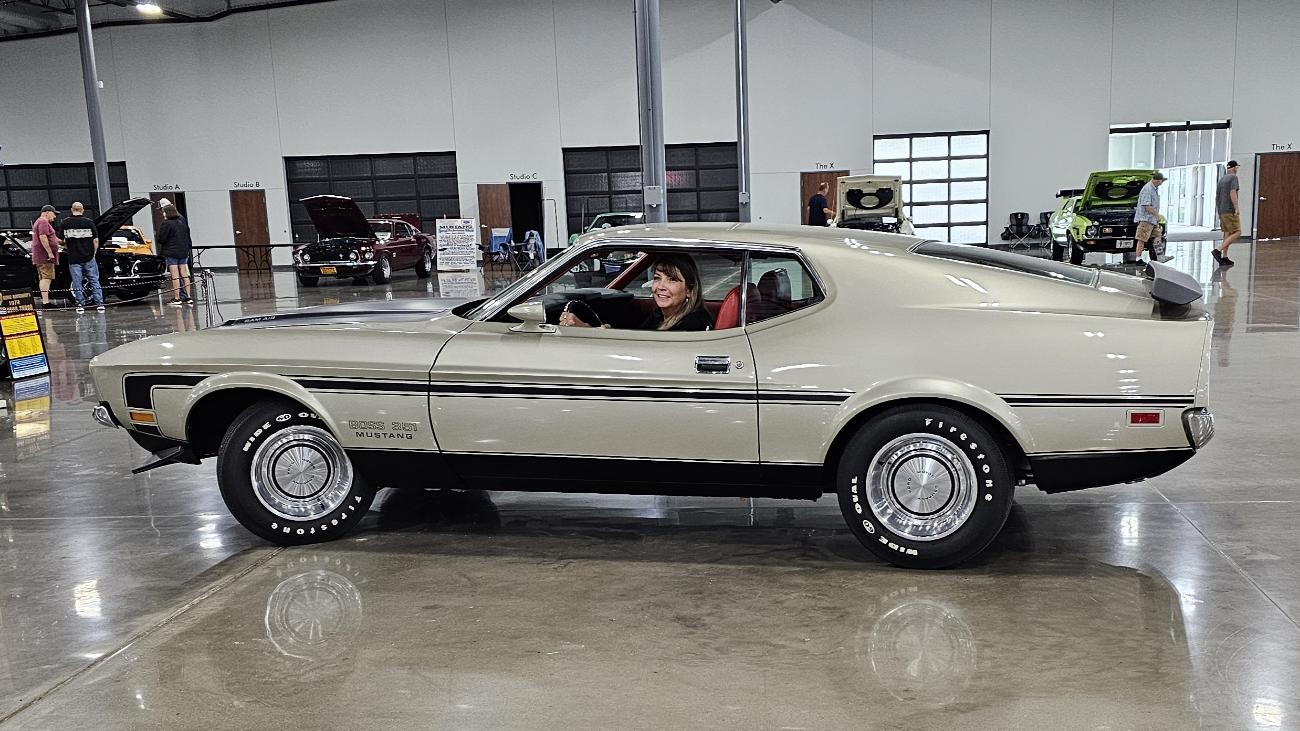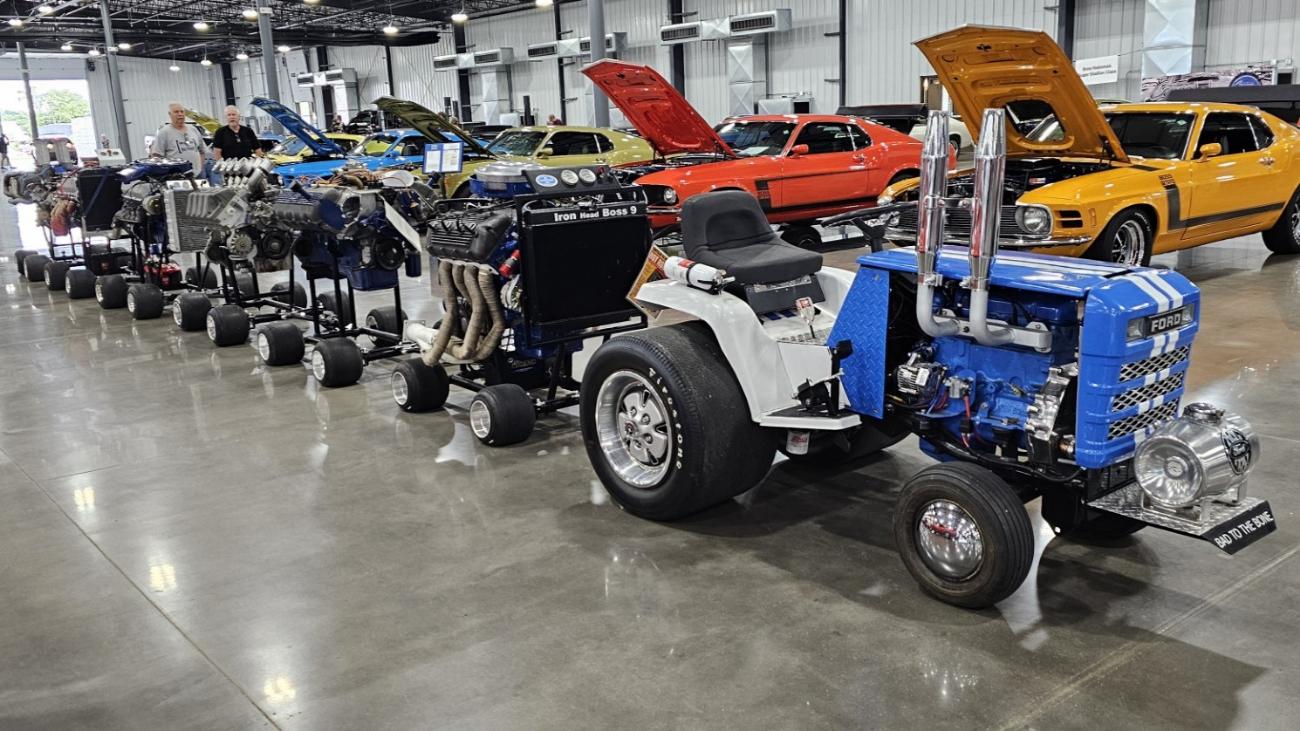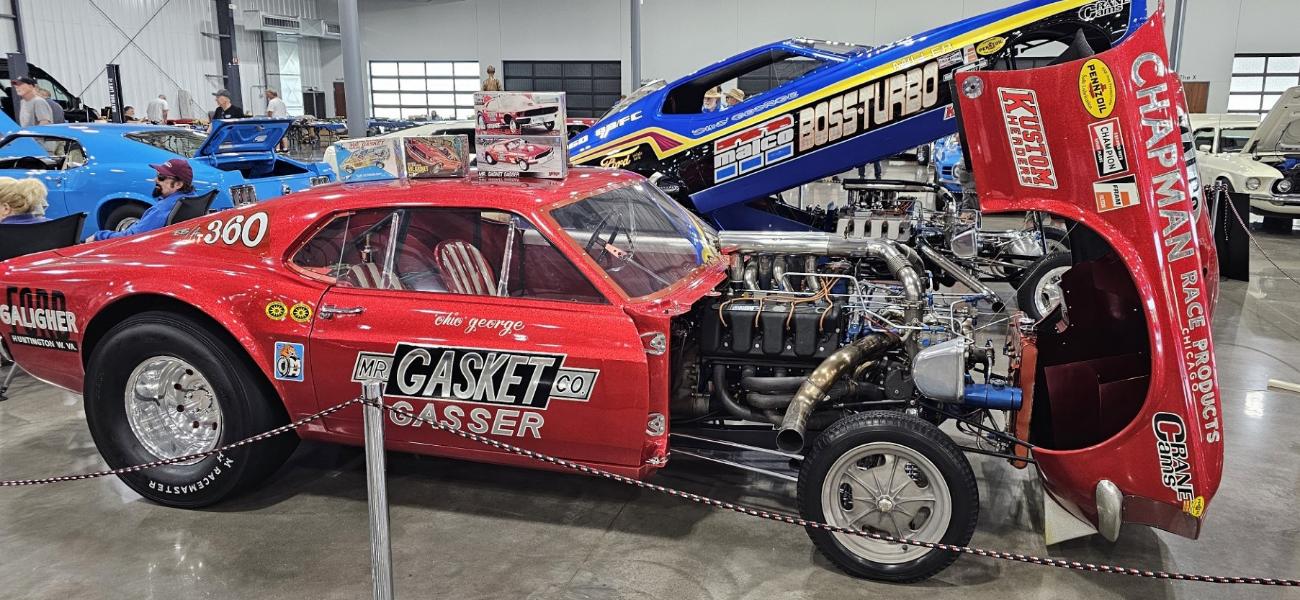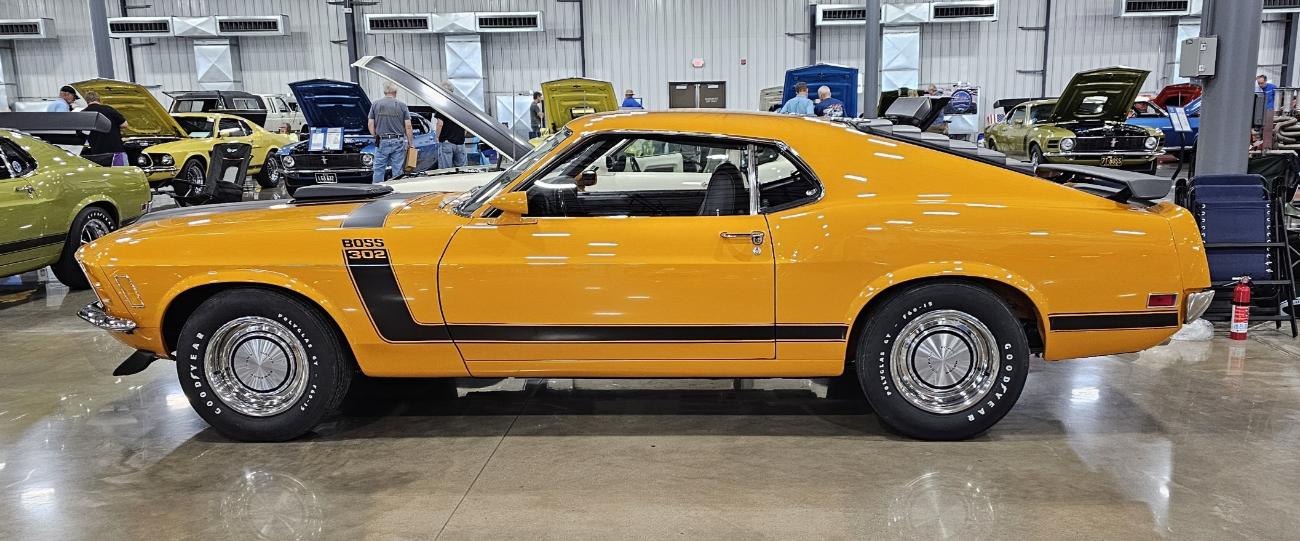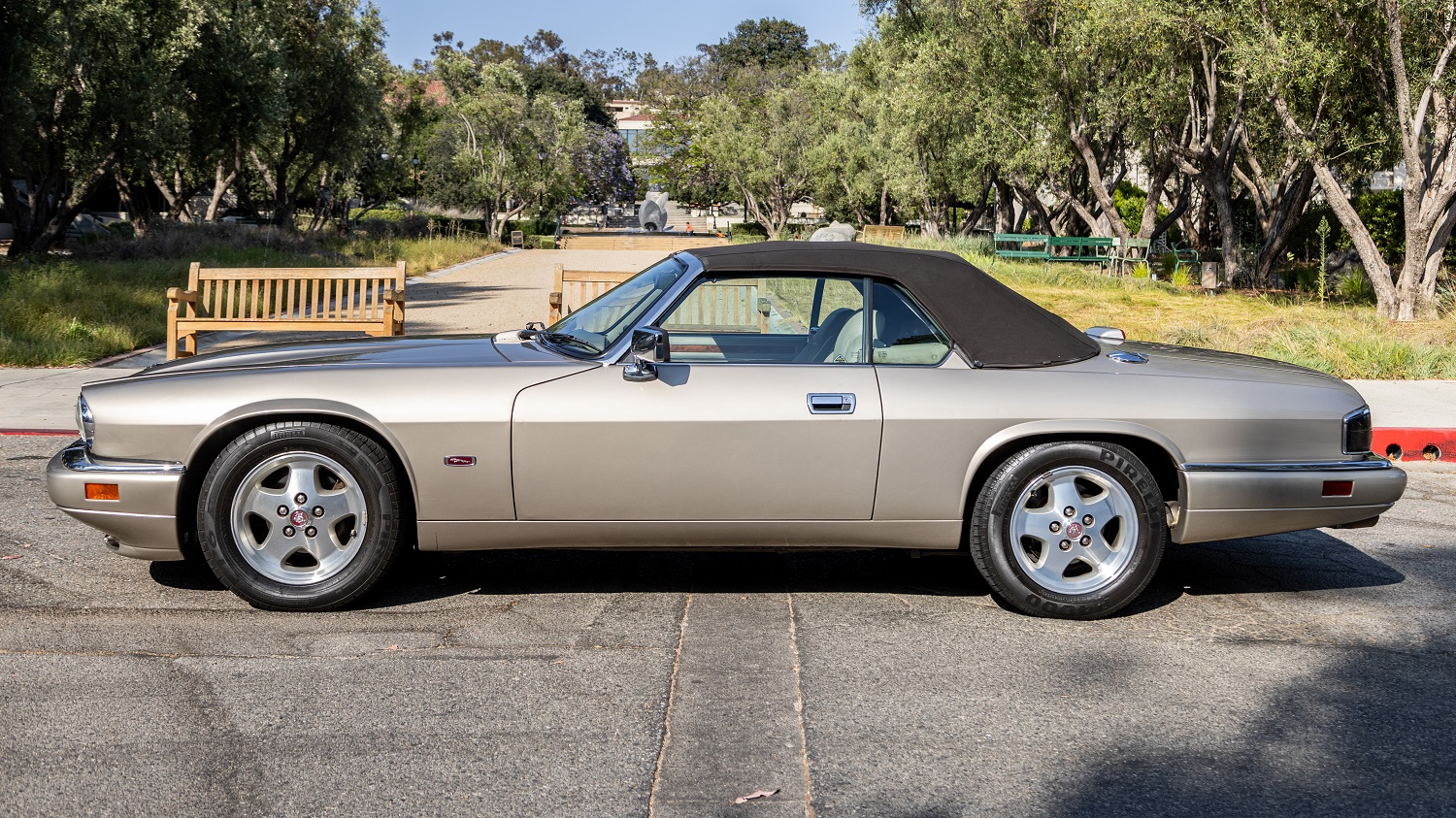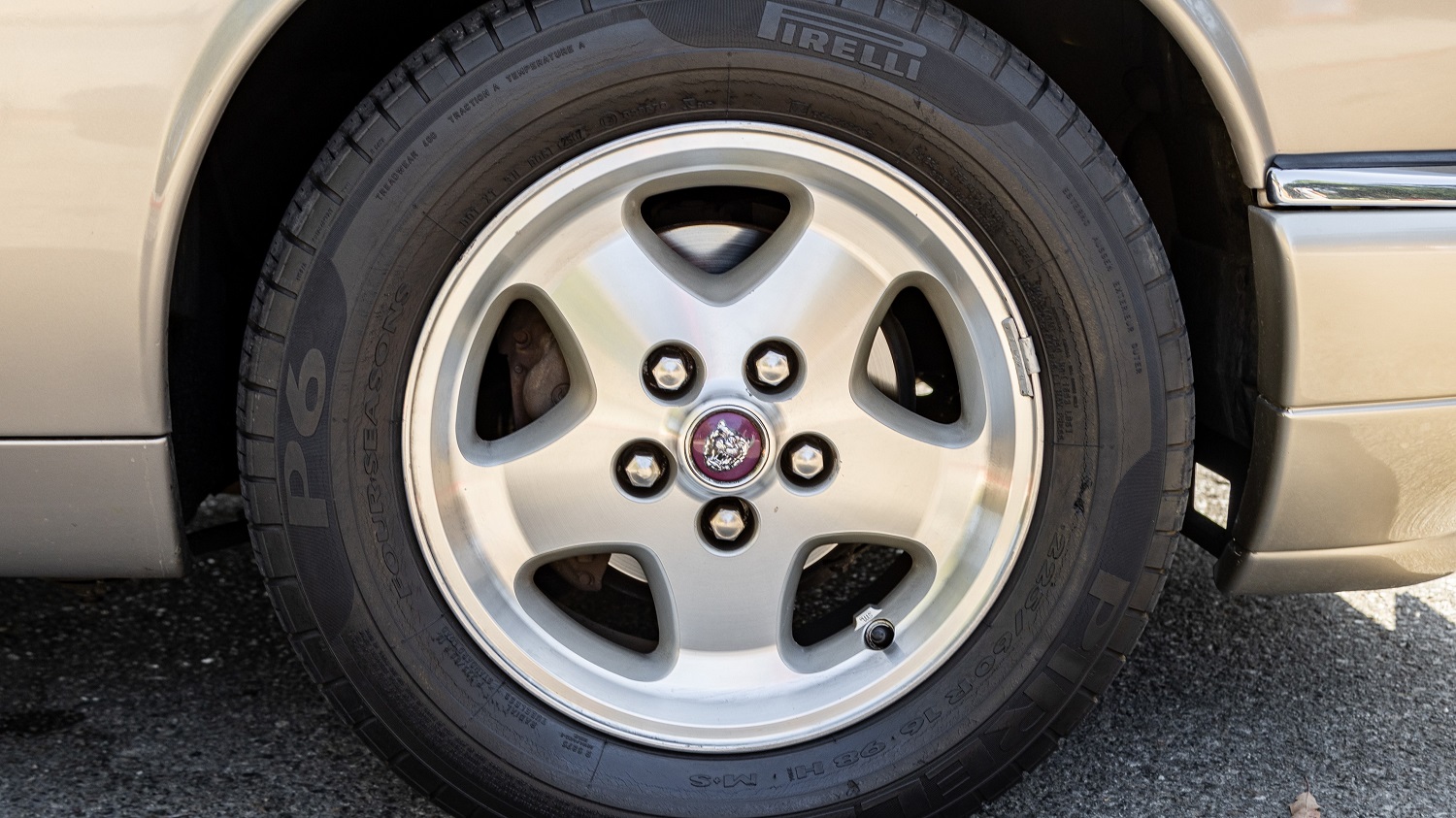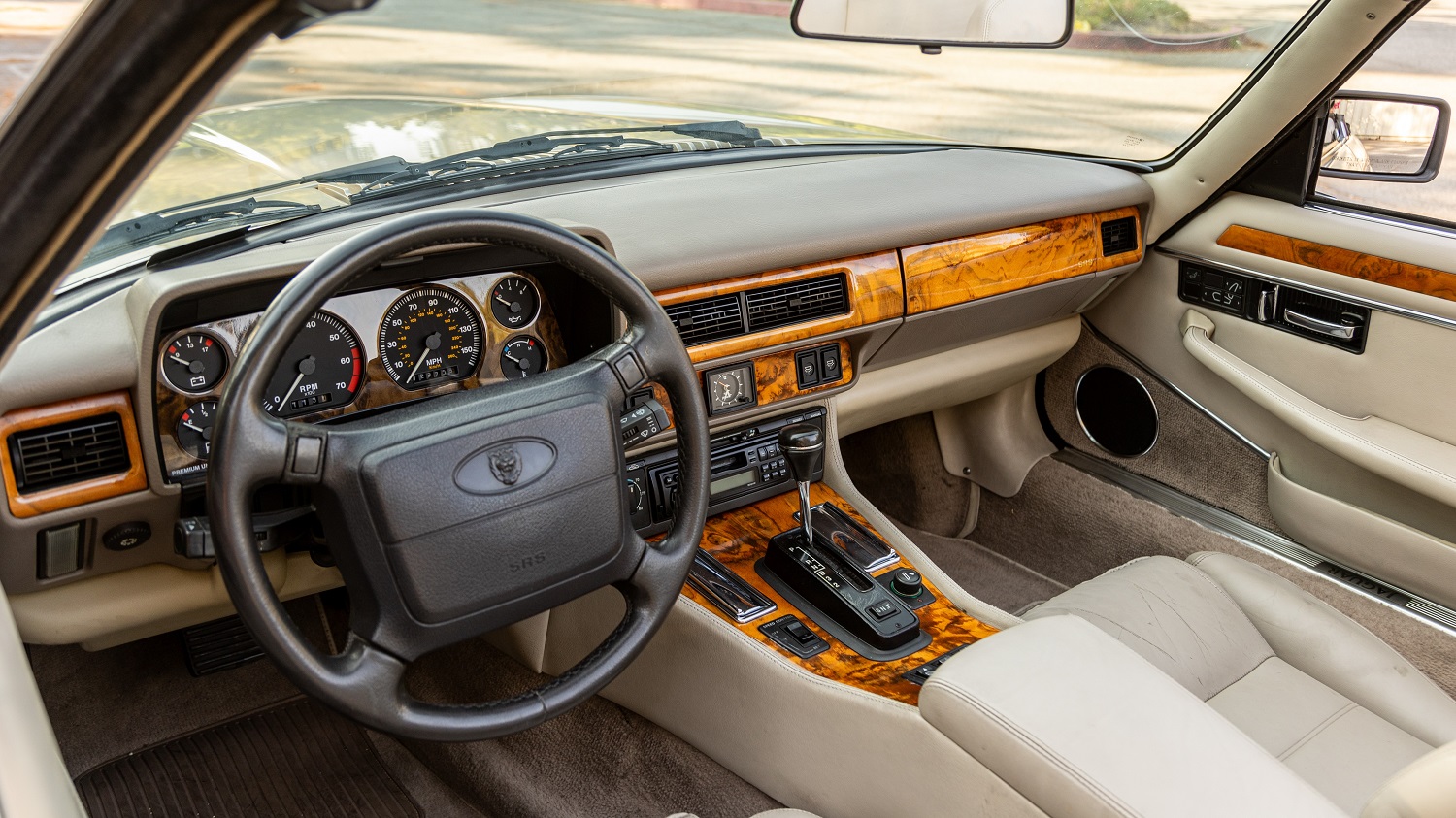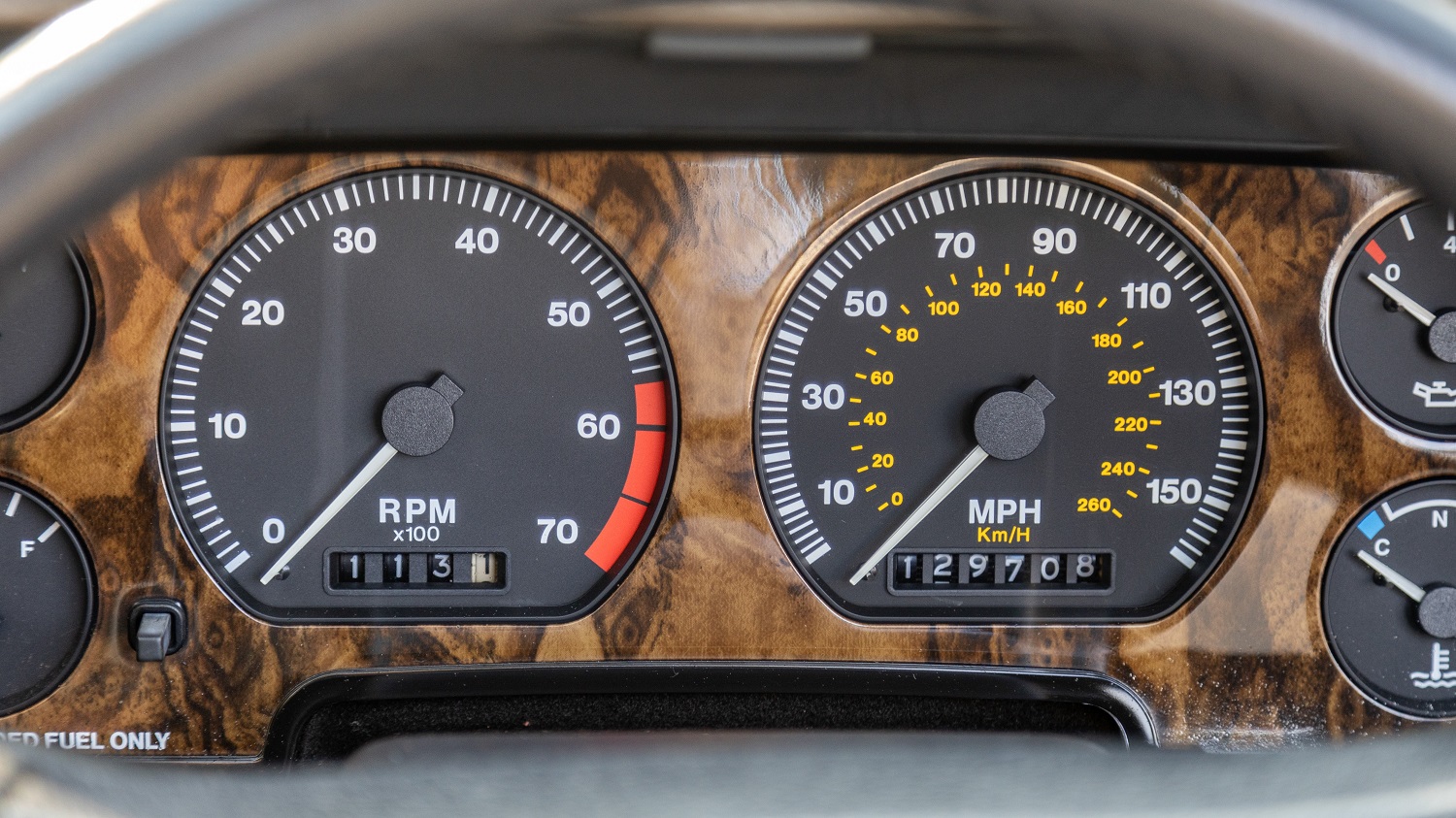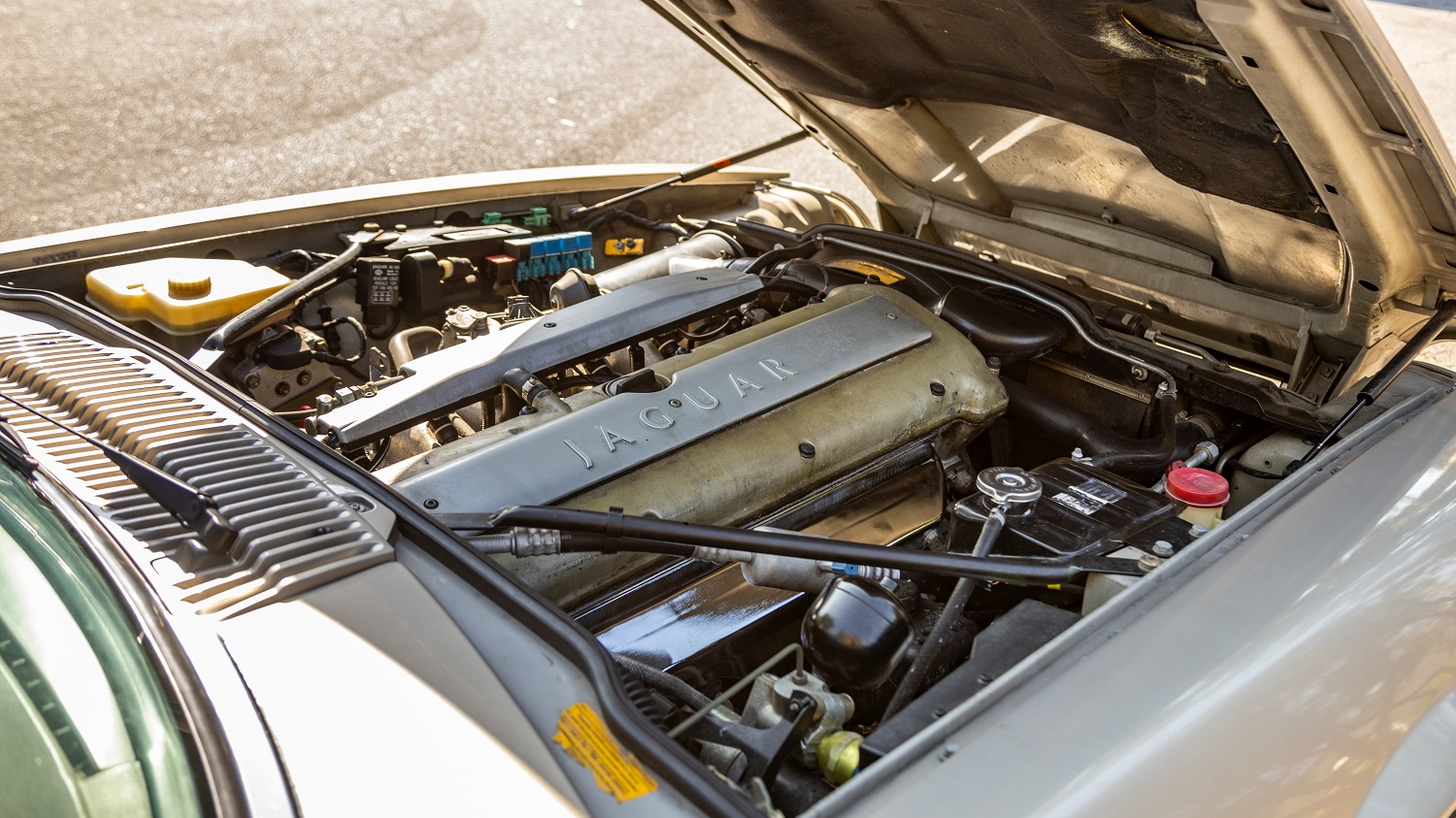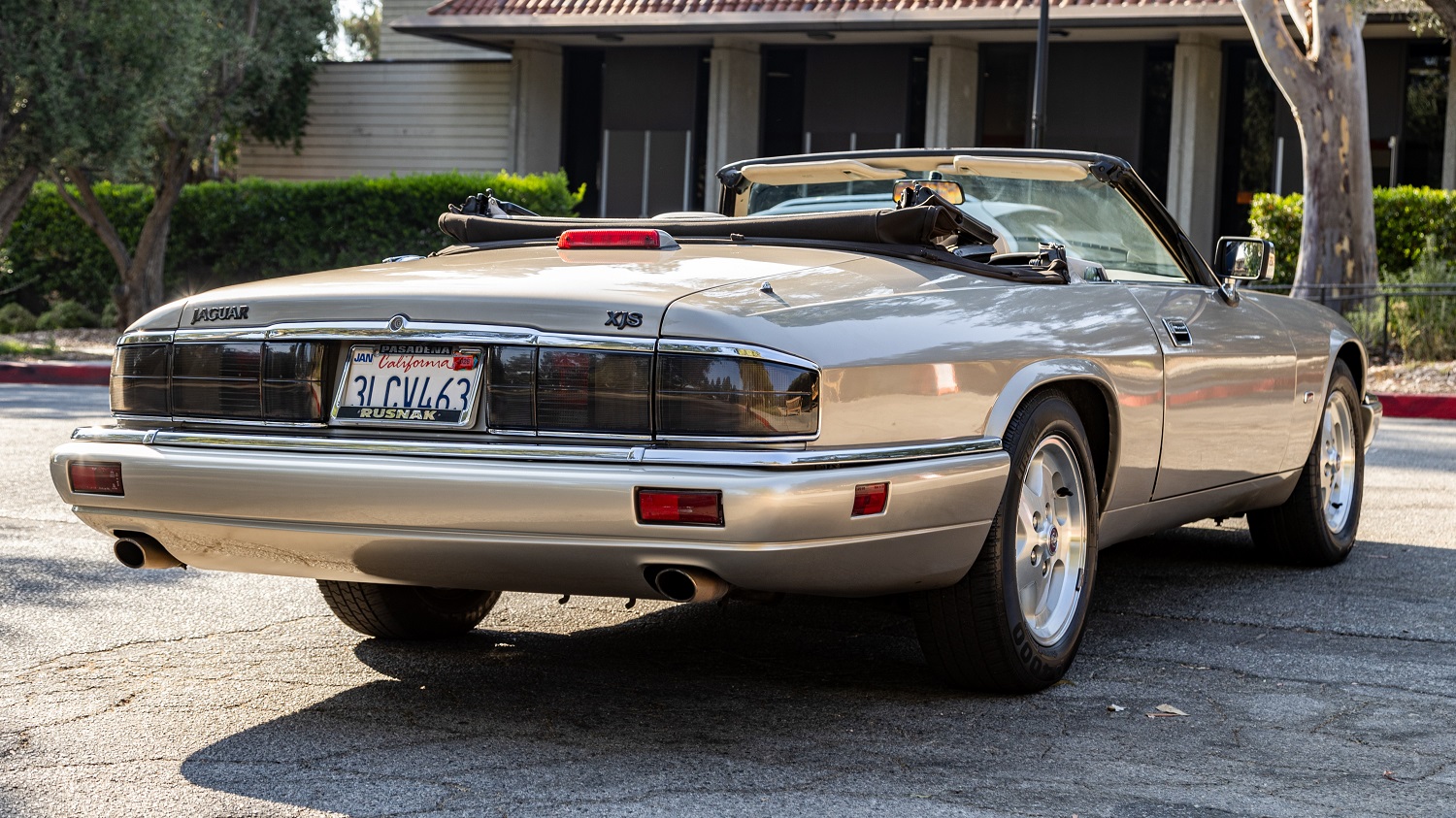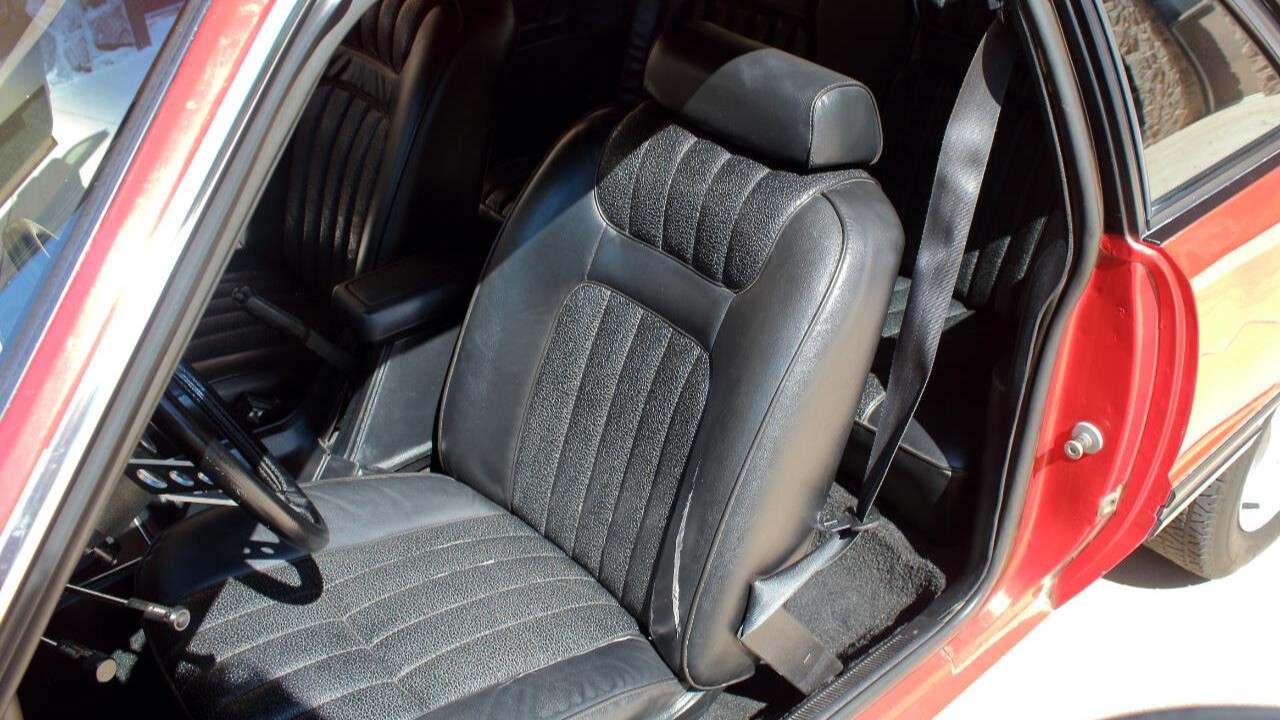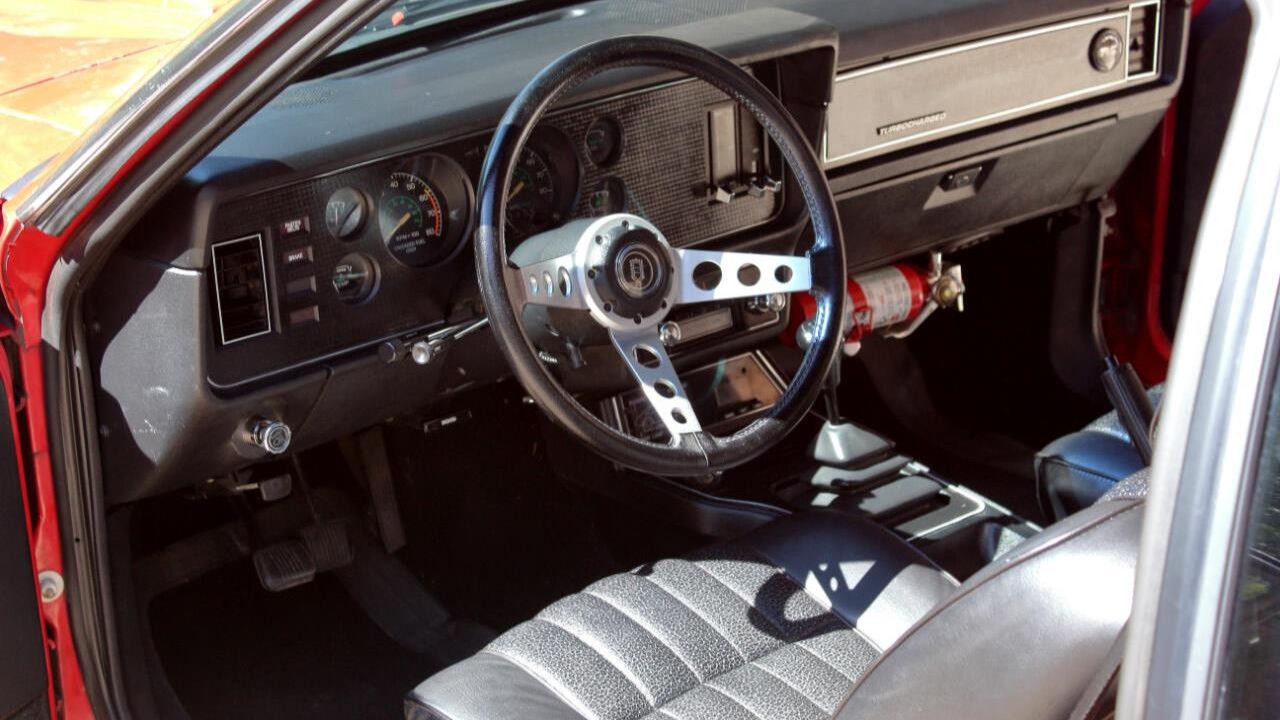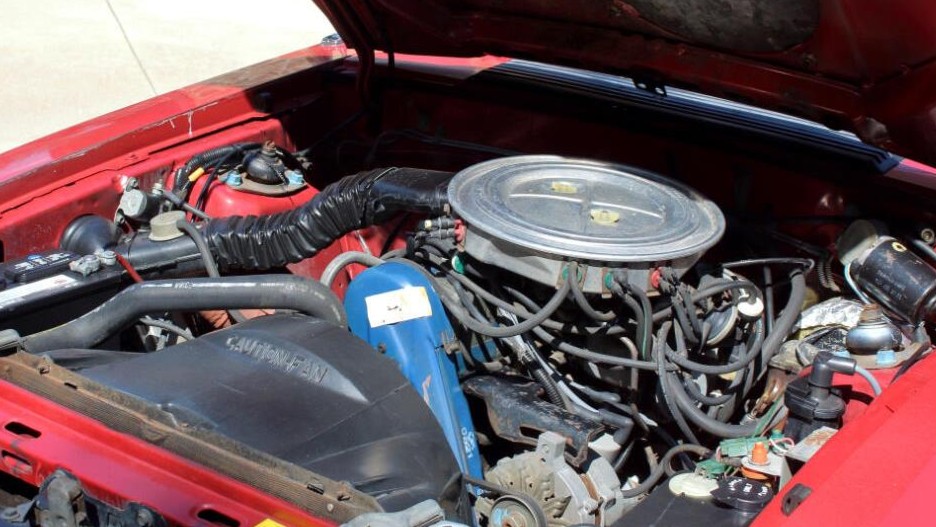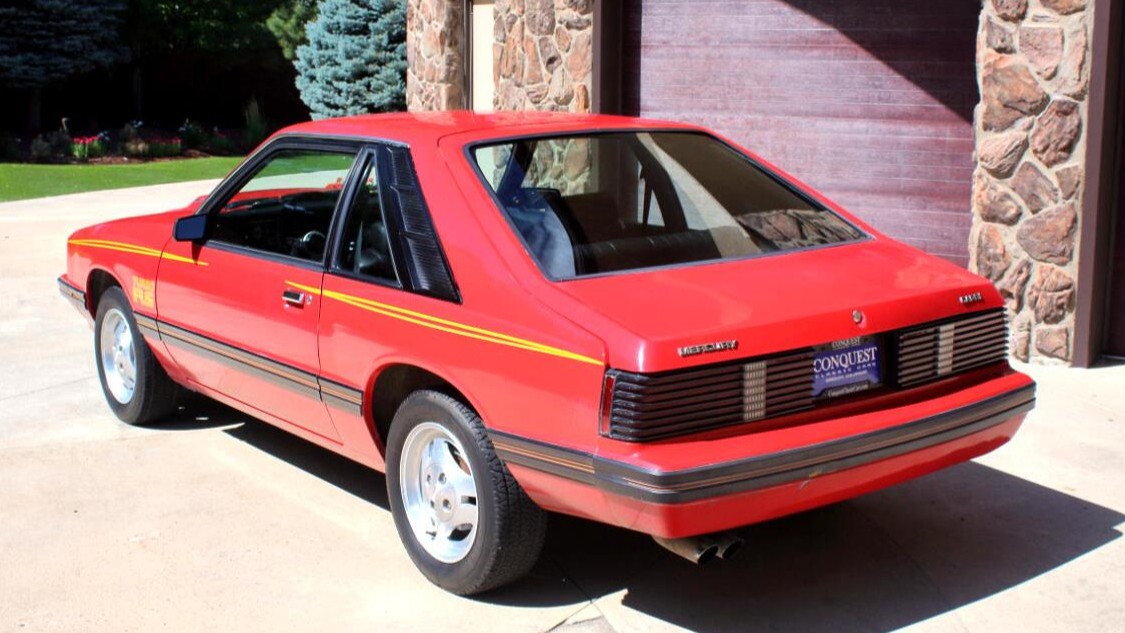It’s hard to believe that vehicles from the late 1980s are old enough that some of them require restoration, but a lot can happen in nearly 40 years. That’s especially true for four-wheel-drive SUVs, many of which rack up loads of miles and/or get extensively modified and beat up off-road. It’s unclear what kind of life our Pick of the Day, a full-size 1989 Chevrolet Blazer V1500, led in the past, but we do know it has been fully restored, according to the dealer in Carrollton, Texas selling it on ClassicCars.com.
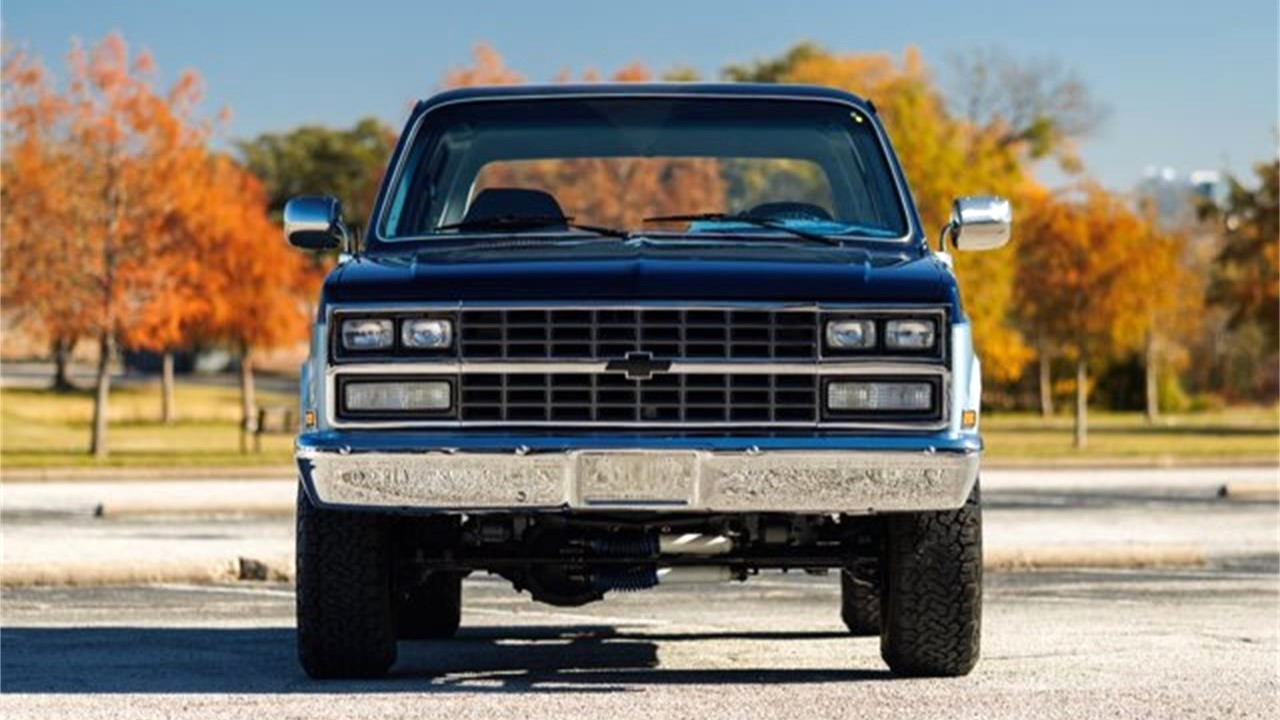
By 1989, the “Rounded Line” (aka “Square Body”) generation of the full-size Chevy Blazer was already more than 15 years old. It was also part of the R/V series of trucks and SUVs, which replaced the previous C/K naming structure a few years earlier. As part of a mild refresh, the ’89 Blazer received a redesigned grille, restyled side moldings, and a better paint job thanks to a new base-coat/clear-coat process. This particular Blazer has a new two-tone finish in factory colors, which appear to be Midnight Blue Metallic and Smoke Blue Metallic judging by the brochure. The Rally wheels are also new and come equipped with 31-inch BFGoodrich All-Terrain T/A tires, which are the right kind of rubber for such a rugged vehicle.
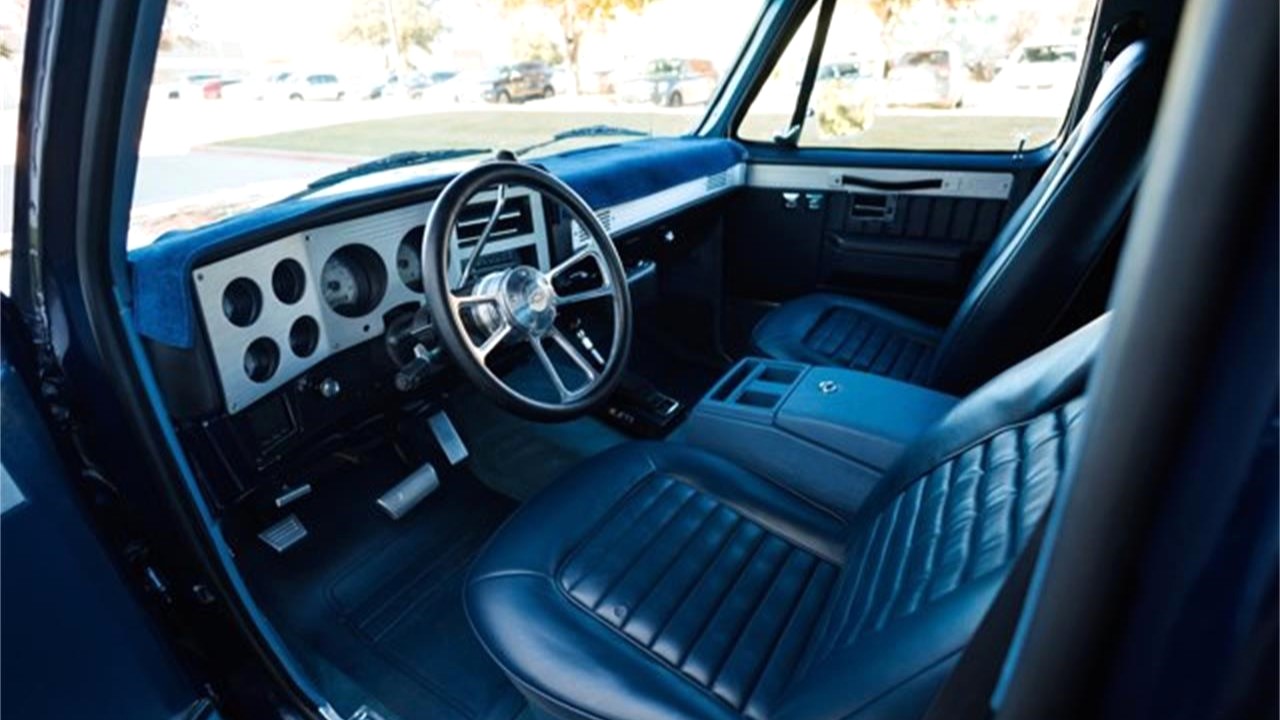
The most noticeable updates are inside. Behind the aftermarket steering wheel is a set of Dakota Digital gauges, which are surrounded by billet trim; the gas and brake pedals also get the billet treatment. Fresh blue leatherette covers the front buckets and rear bench seat. Cabin conveniences include power steering, power brakes, power locks and windows, air conditioning, and a locking center console with a pair of cup holders.
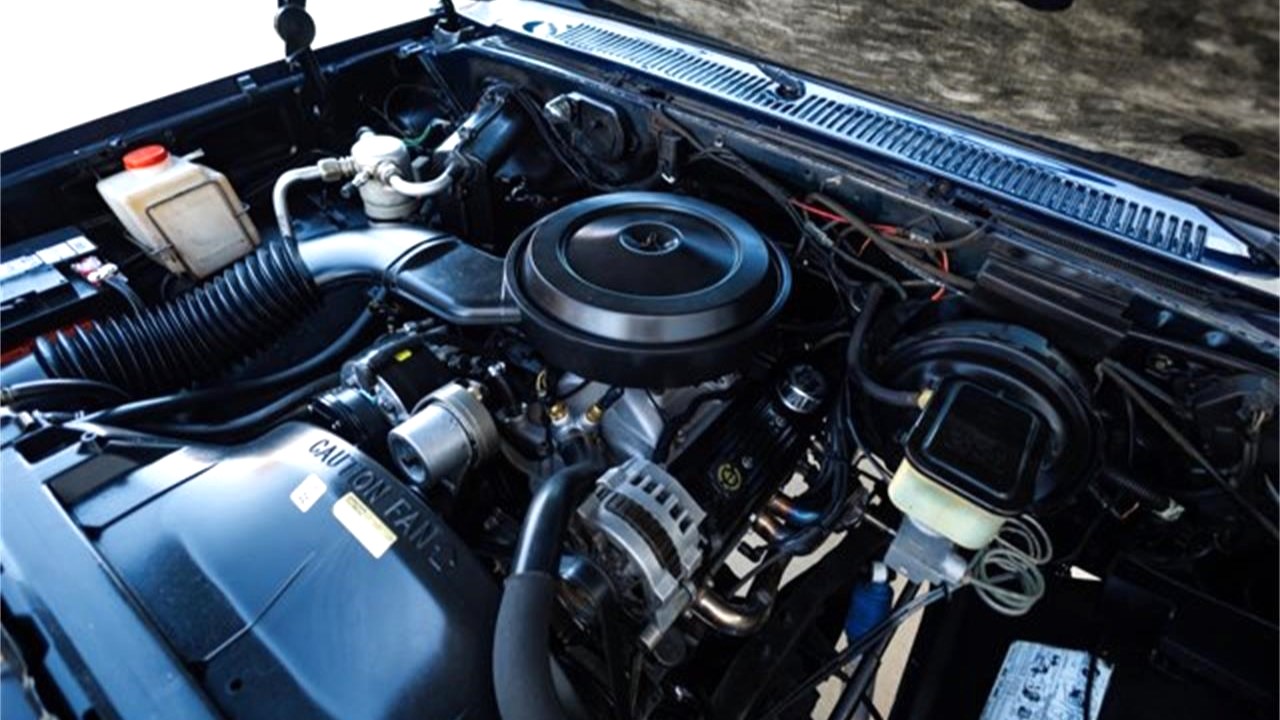
This full-size Blazer rolled off the production line with fuel injection but, interestingly, someone decided to retrofit its 350ci V8 with a 600-cfm four-barrel carburetor as well as a new exhaust system. That old-school-style power reaches the road or trail through a four-speed automatic and a dual-range transfer case.
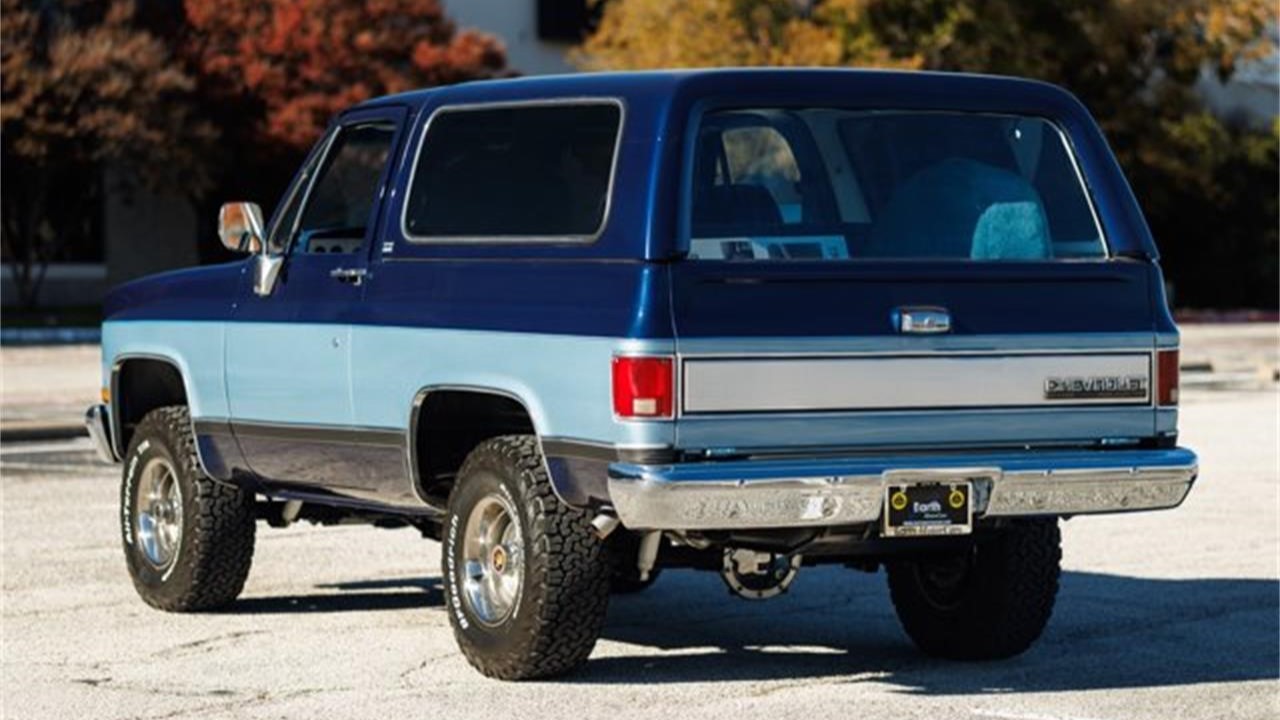
If you want a Square Body Blazer, there are three main ways you can get one. You can buy a Blazer that’s been driven into the ground, hunt for a fully original one with low miles, or purchase one that’s already received a ton of work and updates, such as this this 1989 Chevrolet Blazer V1500. If you choose to go that route, the first step in your journey to ownership will be paying the $49,900 asking price.
Click here to view this Pick of the Day on ClassicCars.com









